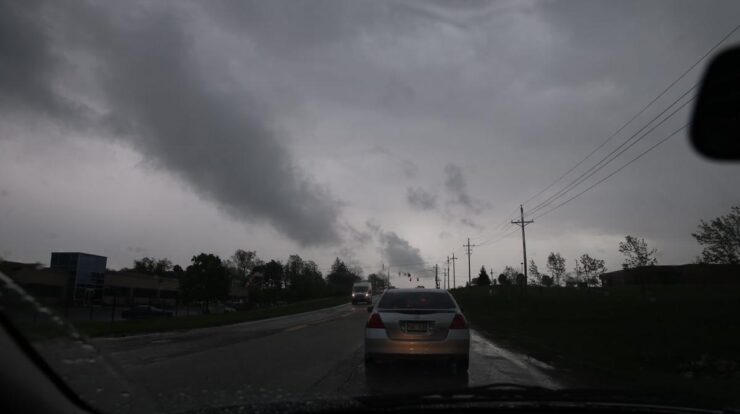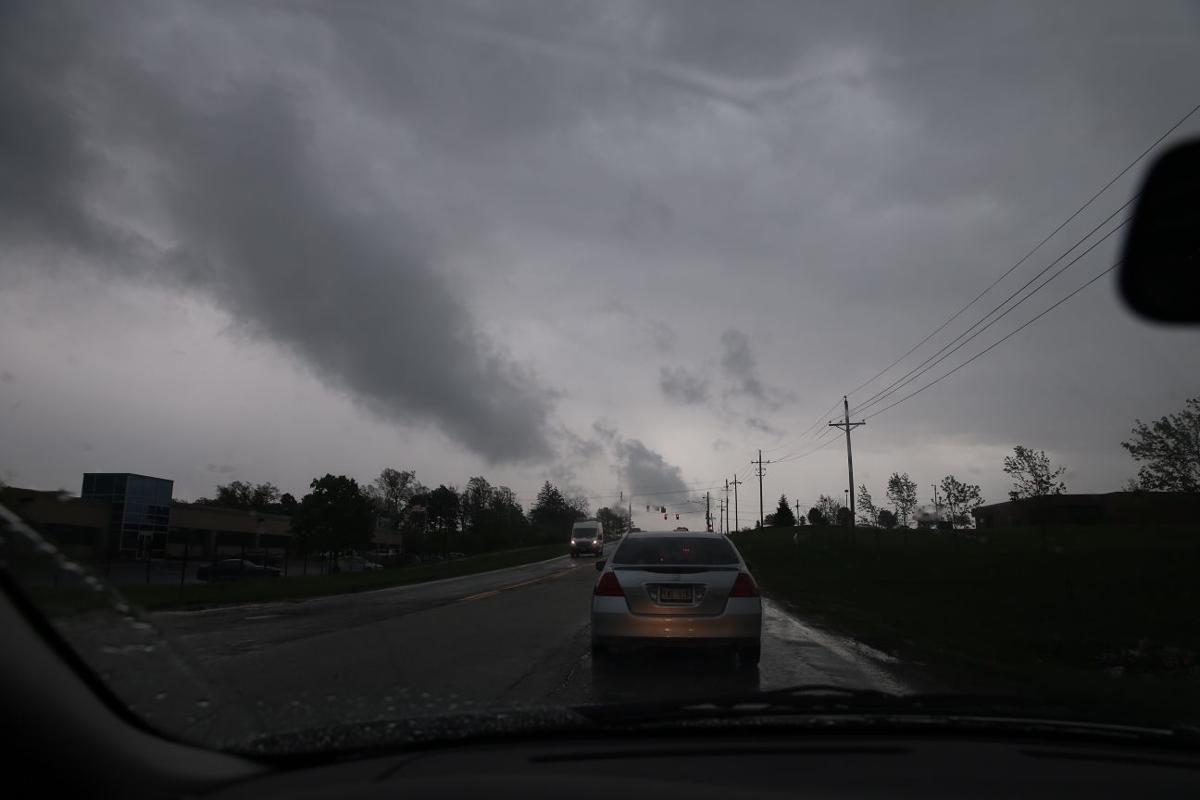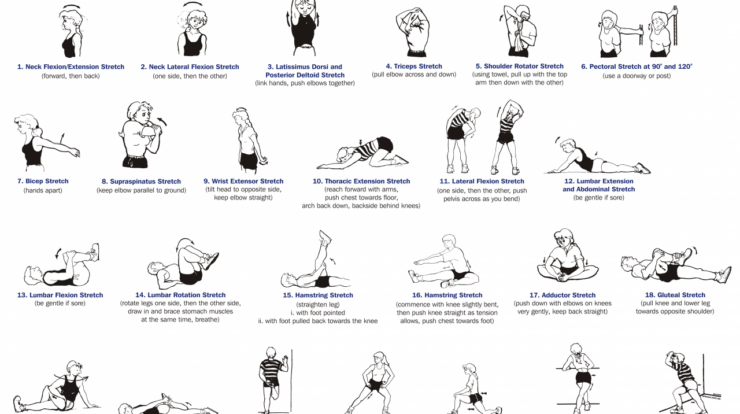
Tornado in omaha today – Tornadoes in Omaha today pose a significant threat to the city and its residents. With the potential for devastating impact, it’s crucial to understand the characteristics, safety measures, forecasting techniques, and mitigation strategies related to these powerful storms.
This comprehensive guide delves into the intricacies of tornadoes in Omaha, providing valuable information to help you prepare, stay safe, and minimize the risks associated with these weather events.
Tornado Characteristics: Tornado In Omaha Today

Tornadoes in Omaha are characterized by their destructive power and unpredictable nature. They often form in the spring and summer months when warm, moist air from the Gulf of Mexico meets cold, dry air from the north. The resulting instability creates thunderstorms that can produce tornadoes.
Tornadoes typically have a narrow, funnel-shaped cloud that extends from the base of a thunderstorm. They can range in size from a few hundred feet to over a mile wide and can travel for several miles. The winds inside a tornado can reach speeds of up to 300 miles per hour, causing severe damage to buildings, infrastructure, and vegetation.
Historical Perspective
- Omaha has a history of tornadoes, with some of the most notable occurring in 1913, 1975, and 2014.
- The 1913 tornado was an F4 tornado that killed 103 people and injured over 500.
- The 1975 tornado was an F5 tornado that killed 3 people and injured 133.
- The 2014 tornado was an F4 tornado that killed 4 people and injured 19.
Tornado Safety and Preparedness
Being prepared for a tornado can help reduce the risk of injury or death. Here are some safety measures to take before, during, and after a tornado:
Before a Tornado
- Have an emergency plan and evacuation route in place.
- Secure loose objects around your home and yard.
- Identify a safe place to shelter in case of a tornado, such as a basement or interior room on the lowest floor.
- Have a battery-powered radio and flashlights on hand.
- Stay informed about weather forecasts and warnings.
During a Tornado
- If you are outside, seek shelter immediately in a sturdy building or underground.
- If you are in a car, pull over and get out of the vehicle. Lie down in a ditch or low-lying area and cover your head with your hands.
- If you are in a building, go to the lowest floor and find a safe place to shelter, such as a basement or interior room on the lowest floor.
- Stay away from windows and doors.
- Listen to the radio or television for updates on the tornado.
After a Tornado
- Check yourself and others for injuries.
- Stay away from damaged buildings and power lines.
- Listen to the radio or television for updates on the tornado.
- Contact your insurance company to report any damage.
- Help clean up your community.
Tornado Forecasting and Tracking
Weather forecasting plays a crucial role in predicting and tracking tornadoes. Meteorologists use a variety of tools, including weather radar, satellite imagery, and computer models, to identify and track tornadoes.
Weather Radar
Weather radar is a powerful tool that can detect tornadoes. Radar sends out pulses of energy that bounce off objects in the atmosphere. The radar can then use the reflected energy to create an image of the storm. Tornadoes appear on radar as a hook-shaped echo.
Satellite Imagery
Satellite imagery can also be used to track tornadoes. Satellites can detect the tops of thunderstorms and identify areas where tornadoes are likely to form.
Computer Models
Computer models are another important tool for tornado forecasting. These models use mathematical equations to simulate the atmosphere and predict the development of thunderstorms and tornadoes.
Tornado Warning Systems
When a tornado is detected, the National Weather Service issues a tornado warning. Tornado warnings are issued for areas that are in the path of a tornado. Tornado warnings are typically issued within minutes of a tornado forming.
Tornado Impact on Omaha

Tornadoes can have a significant impact on Omaha’s infrastructure, economy, and community.
Infrastructure
Tornadoes can cause widespread damage to buildings, roads, bridges, and other infrastructure. The 1913 tornado destroyed over 1,000 homes and businesses in Omaha. The 1975 tornado caused an estimated $250 million in damage. The 2014 tornado caused an estimated $100 million in damage.
Economy
Tornadoes can also have a negative impact on Omaha’s economy. Businesses may be forced to close temporarily or relocate after a tornado. The loss of property and infrastructure can also lead to a decrease in tax revenue.
Community
Tornadoes can also have a significant impact on Omaha’s community. The loss of life and property can be devastating. Tornadoes can also lead to displacement, as people are forced to leave their homes and businesses. The emotional trauma of a tornado can also have a lasting impact on the community.
Tornado Research and Mitigation
There is ongoing research to better understand and predict tornadoes. Scientists are working to develop new technologies that can detect tornadoes earlier and more accurately. They are also working to develop new building codes and construction methods that can make buildings more resistant to tornadoes.
Government Agencies and Organizations
Government agencies and organizations also play a role in tornado mitigation. The National Weather Service provides tornado warnings and other information to help people stay safe. The Federal Emergency Management Agency (FEMA) provides assistance to communities that have been affected by tornadoes.
Strategies for Reducing Risk, Tornado in omaha today
There are a number of strategies that can be used to reduce the risk of tornadoes and their impact. These strategies include:
- Educating the public about tornadoes and tornado safety
- Developing and enforcing building codes that require new buildings to be constructed to withstand tornadoes
- Retrofitting existing buildings to make them more resistant to tornadoes
- Planting trees and other vegetation to help reduce wind speeds
- Creating emergency plans and evacuation routes
Ending Remarks

By understanding the nature of tornadoes, implementing safety protocols, and staying informed about forecasting and mitigation efforts, Omaha residents can significantly enhance their preparedness and reduce the potential impact of these storms on their community.
Common Queries
What are the unique characteristics of tornadoes in Omaha?
Tornadoes in Omaha are often characterized by their high wind speeds, which can exceed 100 mph. They can also produce large hail and heavy rainfall, and can occur at any time of year.
What are the most important safety measures to take during a tornado?
During a tornado, it is crucial to seek shelter in a sturdy building or underground, stay away from windows, and listen to local weather updates for further instructions.
How can I prepare for a tornado?
To prepare for a tornado, create an emergency plan, assemble an emergency kit, and stay informed about weather forecasts. It’s also important to identify a safe place to shelter in your home or workplace.





